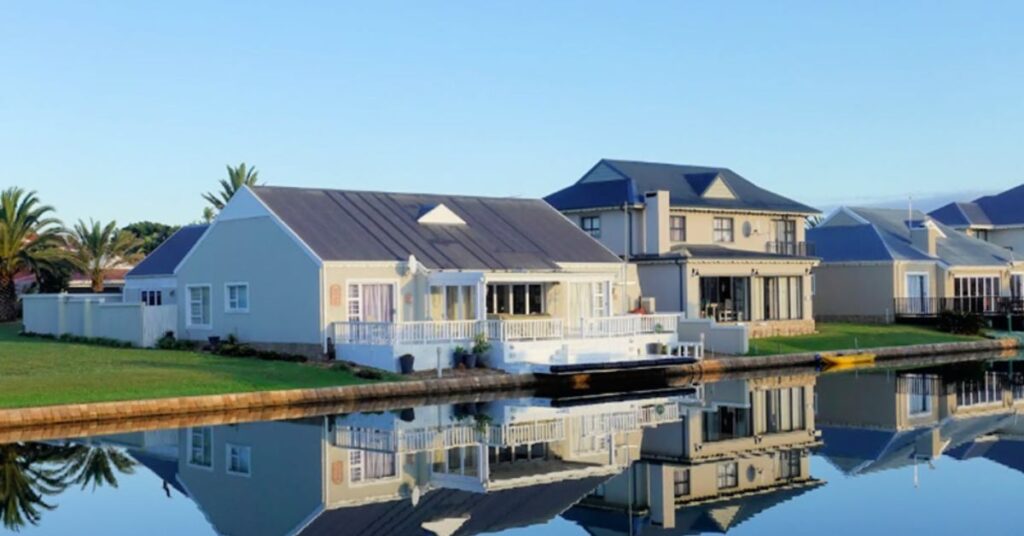Did you know that neglecting small home maintenance tasks can cost homeowners thousands of dollars annually? Many people focus on visible issues like paint chipping or an untidy lawn while overlooking crucial elements that keep their homes safe, energy-efficient, and durable.
A well-maintained home is not just about aesthetics—it’s about ensuring long-term functionality and comfort. Yet, some critical aspects of home care often go unnoticed. In this article, we’ll delve into some often-overlooked features of a well-maintained home, exploring why they matter and how addressing them can save you time, money, and stress in the long run.
Proper Insulation: The Silent Energy Saver
Many homeowners assume that their walls and attics are well-insulated because they feel warm in the winter and cool in the summer. However, poor insulation often goes unnoticed until energy bills skyrocket.
Areas like attics, crawl spaces, and basements are particularly vulnerable to insulation gaps. When these spaces are not adequately insulated, your heating or cooling systems must work harder to maintain a comfortable temperature, leading to higher energy costs.
To ensure your home is properly insulated, consider conducting an energy audit or checking for drafts near windows, doors, and electrical outlets. Adding insulation to overlooked areas can reduce energy waste and make your home more comfortable year-round.
Roof Maintenance and Regular Inspections
Many homeowners overlook their roofs unless there’s a visible leak or damage. However, routine roof inspections are essential to catch small issues before they escalate into expensive repairs.
Cracked or missing shingles, damaged flashing, and clogged gutters can all contribute to water infiltration and structural damage. Beyond these common issues, it’s also crucial to ensure your roof has adequate ventilation. Poor ventilation can lead to moisture buildup, mold growth, and reduced energy efficiency.
Exploring the best roof ventilation methods can help prevent these problems. Ridge vents, soffit vents, and attic fans are popular options for improving airflow and maintaining a healthy roof system. Regularly inspecting and updating your roof’s ventilation setup can prolong its lifespan while keeping your home comfortable and energy-efficient.
Drainage Systems: Protecting Your Foundation
While gutters play a significant role in water management, the overall drainage system around your property is equally important. Poor drainage can cause water to pool in your yard, seeping into your foundation and leading to structural problems.
Signs of poor drainage include water stains on basement walls, standing water in your yard after rain, and uneven soil around the foundation. Addressing these issues early can prevent serious damage.
Solutions like grading your yard to slope away from the foundation or installing a French drain system can improve water flow and protect your home. Ensuring your drainage system works efficiently is one of the best investments you can make in home maintenance.
Smoke and Carbon Monoxide Detectors: Ensuring Family Safety
Smoke and carbon monoxide detectors are lifesaving devices, yet they are often overlooked during routine home maintenance. Many people forget to check if these detectors are functioning properly or fail to replace the batteries regularly.
Carbon monoxide is a colorless, odorless gas that can be deadly if undetected. Similarly, smoke detectors are critical for early fire detection, giving your family precious time to evacuate in an emergency.
To ensure these devices are always operational, test them once a month and replace the batteries every six months. Most detectors also have an expiration date, typically 8–10 years, so replacing them when they age out is essential.
HVAC System Cleaning: Breathing Cleaner Air
Your HVAC system works year-round to keep your home comfortable, yet its maintenance is often neglected. A dirty or poorly maintained system not only reduces efficiency but also impacts indoor air quality, which can be harmful to your health.
Filters in your HVAC system trap dust, pollen, and other allergens, but when these filters are clogged, they can no longer do their job effectively. This forces the system to work harder, leading to higher energy bills and potential breakdowns.
Change air filters every 1–3 months and schedule professional maintenance at least once a year. This ensures that all components, including coils and ducts, are clean and functioning properly. A well-maintained HVAC system not only saves energy but also promotes a healthier living environment.
Grout and Caulking in Kitchens and Bathrooms
Grout and caulking in kitchens and bathrooms might not seem like a priority, but neglecting them can lead to significant problems. Over time, grout can crack, and caulking can peel away, creating spaces for water to seep into walls and floors.
This hidden moisture can cause mold growth and weaken the structural integrity of the surrounding areas. Regularly inspecting and reapplying caulking, as well as repairing damaged grout, can help prevent water damage and maintain the appearance of your home.
When reapplying grout or caulk, choose high-quality, mold-resistant products to ensure long-lasting protection. A little effort in these areas can save you from costly repairs down the road.
Foundation Cracks: Addressing Early Warning Signs
The foundation is the backbone of your home, and even minor cracks can indicate potential issues. Ignoring these early signs of damage can lead to structural instability, making it crucial to address foundation problems as soon as they appear.
Look for small cracks in basement walls, uneven flooring, or doors and windows that don’t close properly. These could all point to the foundation settling or shifting. While some small cracks are normal as the house ages, larger cracks or those that grow over time should be inspected by a professional.
Maintaining a home is about more than keeping it looking good; it’s about ensuring its long-term functionality, safety, and efficiency. By paying attention to overlooked features like insulation, drainage systems, and HVAC maintenance, you can prevent costly repairs and enjoy a comfortable living space.







